Patagonia stretches across the southern tips of Chile and Argentina like a vast, windswept frontier where civilization meets the raw edge of the continent. This remote region harbors small communities that exist in splendid isolation, surrounded by glaciers, mountains, and endless steppes that seem to roll straight into the horizon. These towns represent humanity’s determination to build homes in some of Earth’s most challenging yet beautiful landscapes.
From fishing villages clinging to rocky coastlines to mountain settlements nestled between towering peaks, each community tells a unique story of survival and adaptation. Here is a list of 20 Patagonian towns that truly sit at the end of the world.
Ushuaia
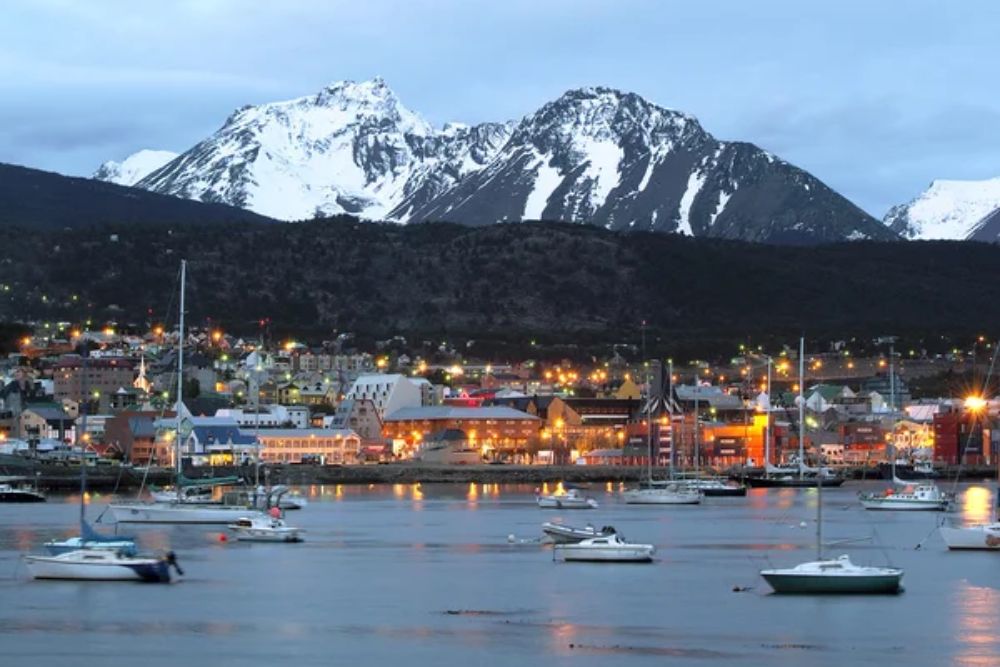
Argentina’s southernmost city claims the title of the world’s end with good reason. Sitting on the shores of the Beagle Channel with the Martial Mountains rising behind it, Ushuaia serves as the gateway to Tierra del Fuego National Park.
Despite its remote location, the city bustles with activity as cruise ships depart for Antarctica and adventurers prepare for treks through some of the planet’s most pristine wilderness.
Punta Arenas
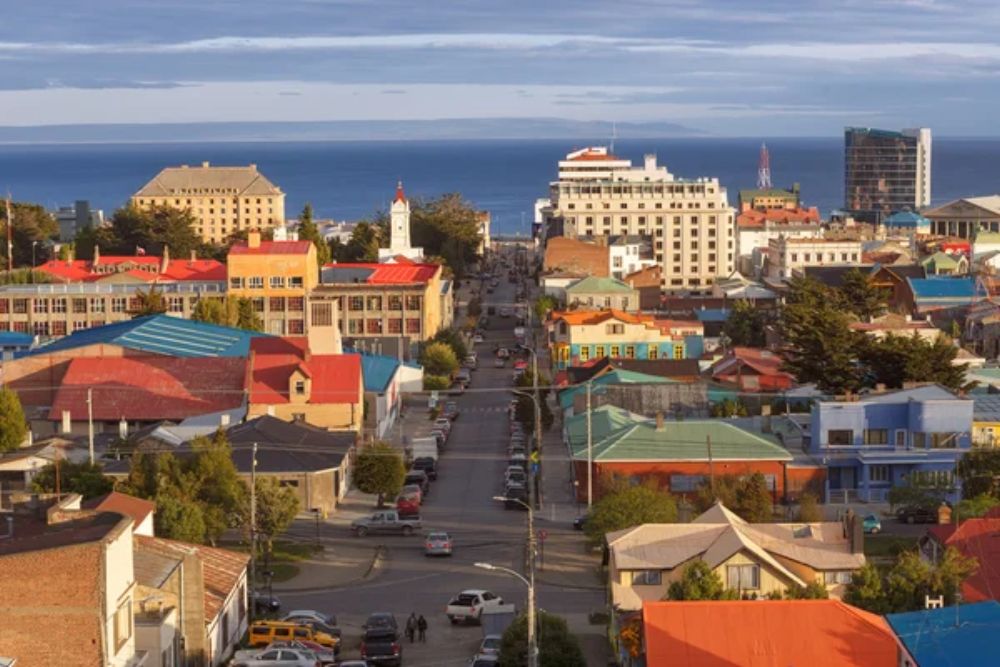
This Chilean port city commands the shores of the Strait of Magellan, having historically served as a crucial stop for ships navigating between the Atlantic and Pacific Oceans. Colorful houses line the streets while fierce Patagonian winds constantly remind residents of their exposed location.
The city’s cemetery, with its elaborate mausoleums and cypress trees, reflects the wealth that once flowed through this strategic outpost.
Like Travel Pug’s content? Follow us on MSN.
El Calafate

Perched on the shores of Lago Argentino, this town serves as the primary base for exploring the magnificent Perito Moreno Glacier. The settlement evolved from a remote estancia into a bustling tourist hub, yet it retains the feel of a frontier town, where gauchos still gather in local bars.
Streets lined with low buildings stretch toward the lake, where massive icebergs drift like floating sculptures.
El Chalten
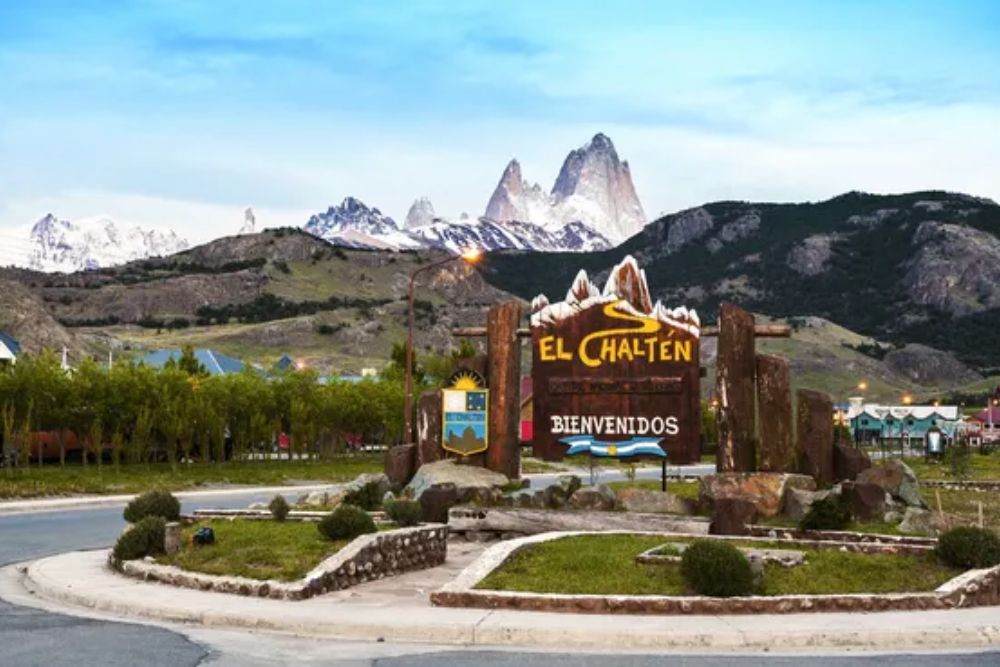
This alpine village, which is tucked away in a valley under Fitz Roy’s jagged spires, is just for mountaineers and adventurers. With basic lodges and gear stores making up the majority of the infrastructure, the village has the feel of being transient, as though it may be packed up and transported at any time.
The town is alive with climbers getting ready for adventures in the summer, but it is nearly silent in the winter.
Puerto Natales
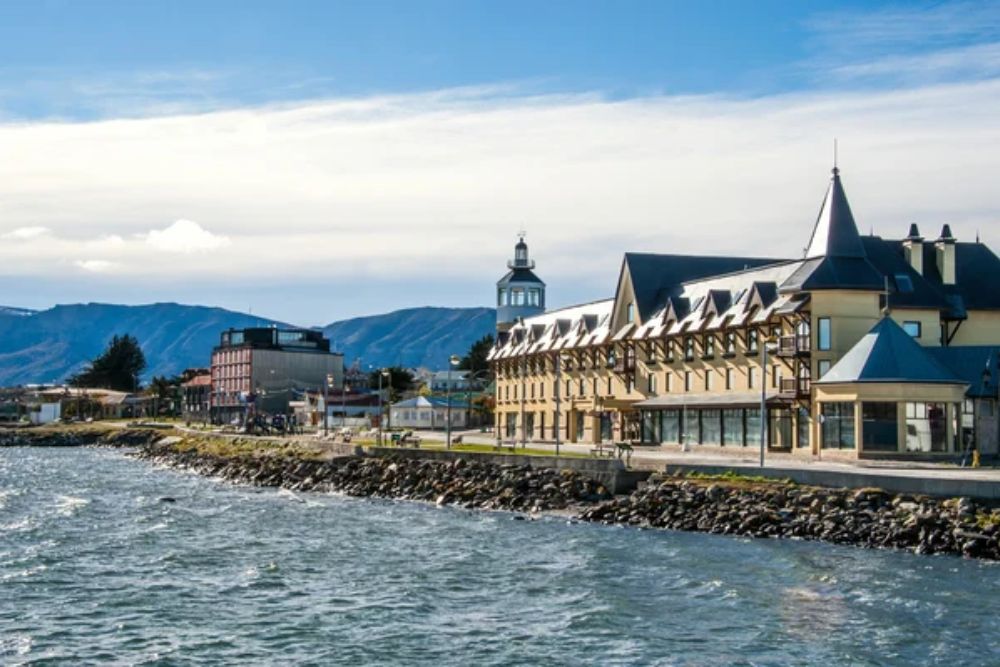
This Chilean town serves as the launching point for Torres del Paine National Park, sitting beside the Last Hope Sound with a backdrop of snow-capped mountains. Weathered buildings reflect the harsh conditions, while the port area maintains the working atmosphere of a place where sheep farming and tourism intersect.
The town’s position offers stunning sunsets over the sound, with colors that seem impossibly vibrant in the clear Patagonian air.
Like Travel Pug’s content? Follow us on MSN.
Bariloche
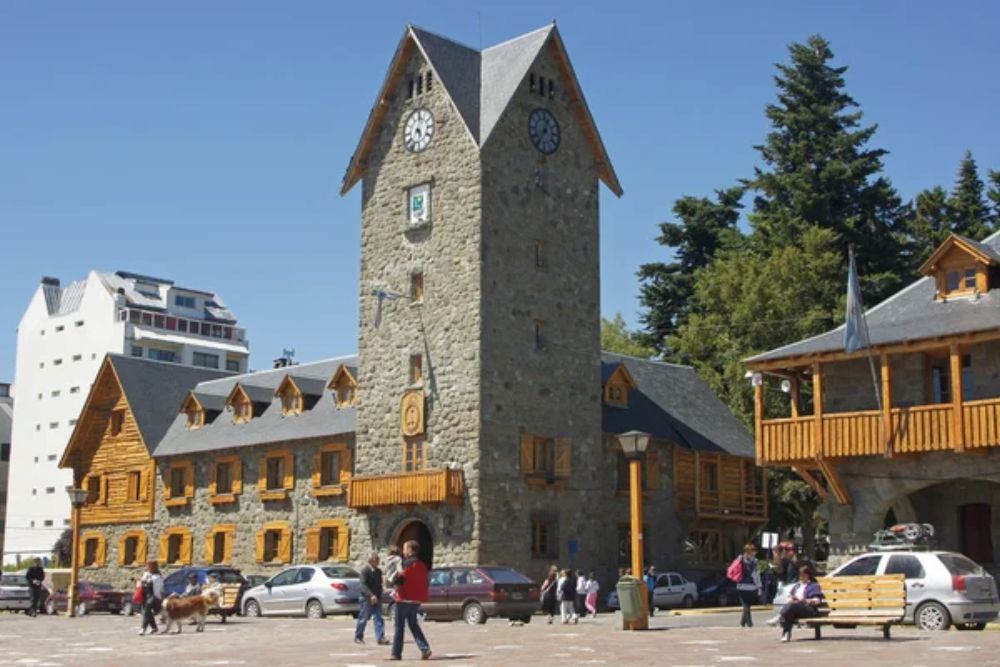
Though more developed than many Patagonian settlements, Bariloche retains its end-of-the-world character with Swiss-style architecture set against the dramatic backdrop of the Andes. The town curves around the shores of Nahuel Huapi Lake, surrounded by forests and peaks that create an alpine atmosphere unique in South America.
Chocolate shops and ski lodges give the place a European feel, yet the vast Patagonian wilderness begins just outside town.
Villa La Angostura
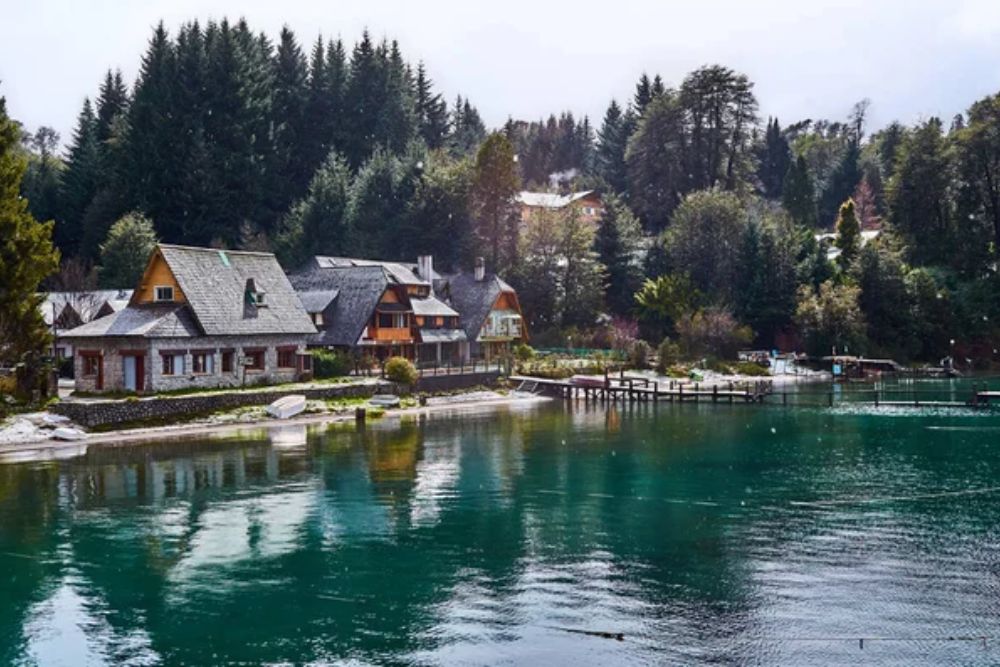
This Argentine resort town is situated on a narrow strip of land between lakes and mountains, creating a setting so picturesque that it almost seems artificial. Log cabins and stone houses nestle among native forests, while the town’s careful development preserves its small-scale charm.
The location offers access to both lake activities and mountain adventures, making it feel like a secret hideaway at the edge of civilization.
Puerto Madryn
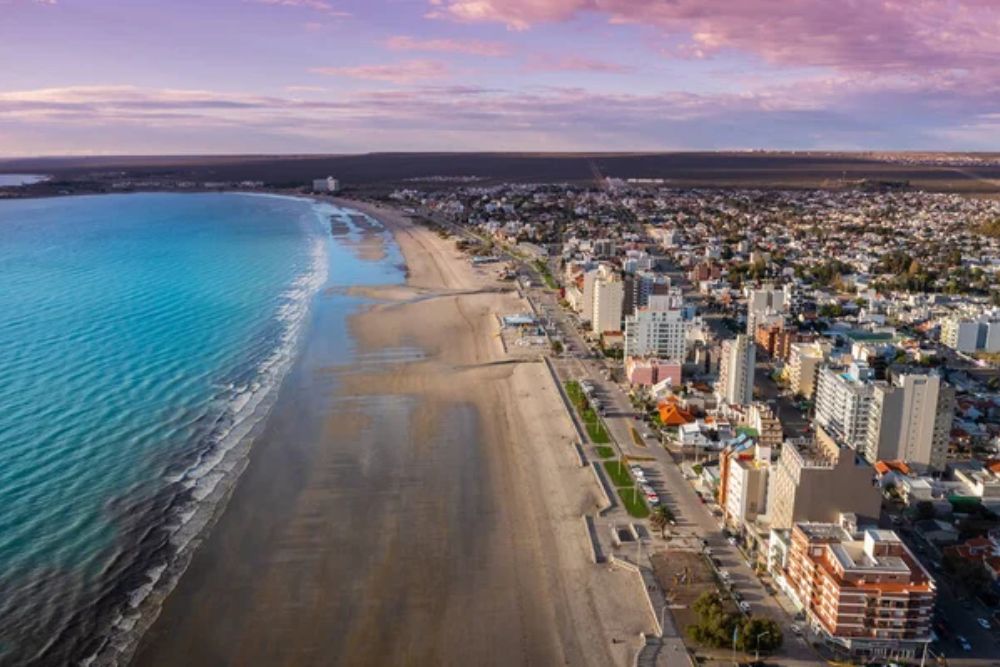
Positioned on the Atlantic coast, this Welsh-influenced town serves as the gateway to Peninsula Valdes and its incredible wildlife. The settlement maintains a quiet, end-of-the-road atmosphere despite being relatively accessible, with wide streets leading down to a harbor where fishing boats bob alongside whale-watching vessels.
The surrounding landscape stretches endlessly in all directions, underscoring the town’s isolation on the continent’s edge.
Like Travel Pug’s content? Follow us on MSN.
Trelew
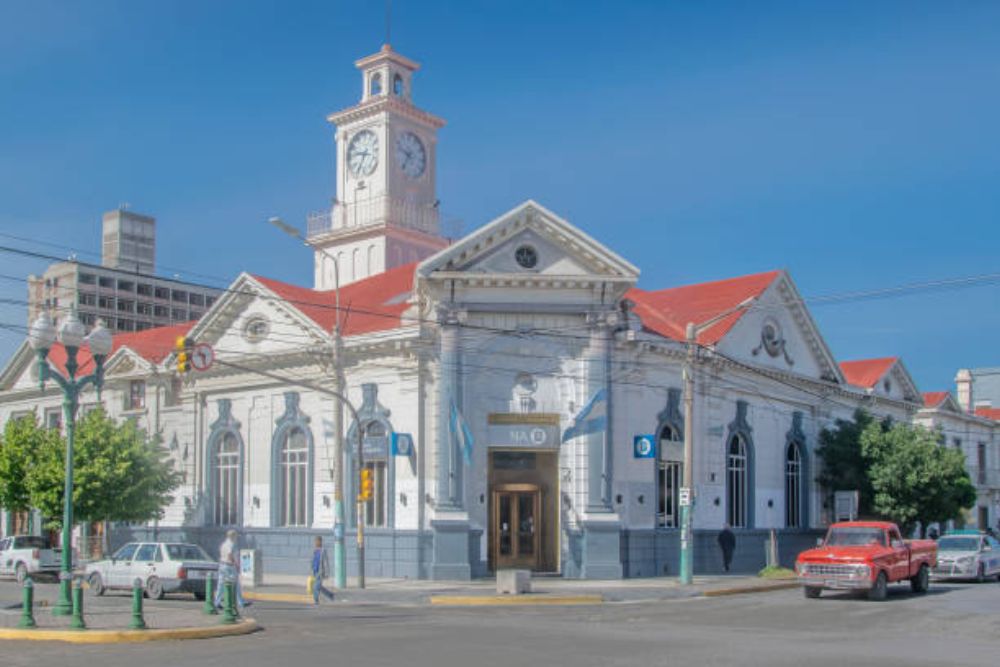
This Welsh colonial town preserves a unique cultural heritage in the middle of Patagonia’s vast steppes. Red-brick buildings and chapels reflect the determination of 19th-century settlers who traveled halfway around the world to establish their community.
The town serves as a regional center, yet it maintains the intimate scale and frontier spirit that characterizes true end-of-the-world settlements.
Esquel
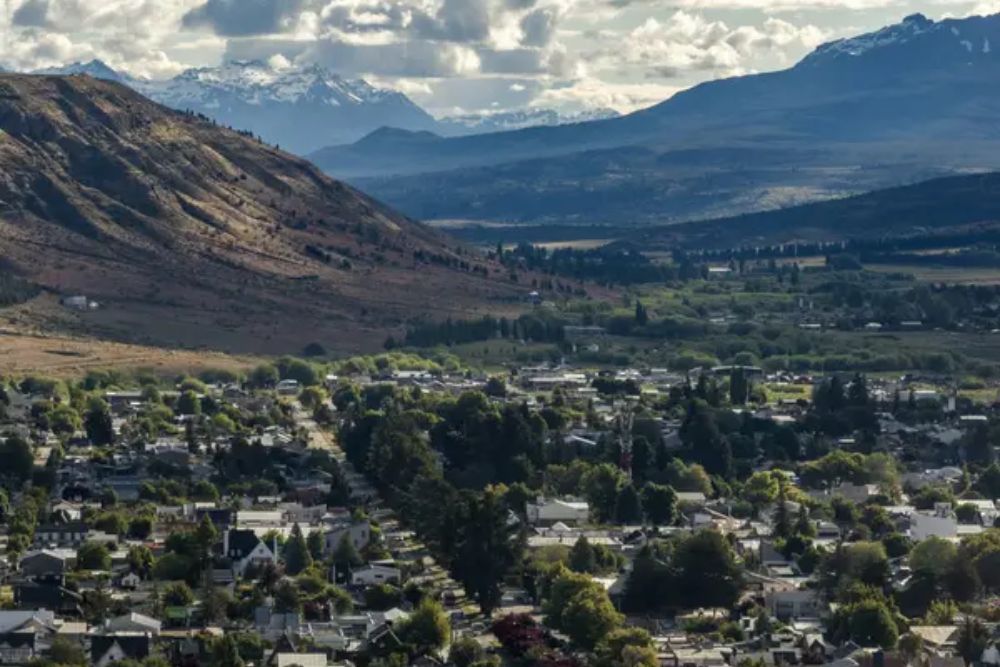
Surrounded by the foothills of the Andes, this Argentine town combines mountain scenery with the vast horizons of the Patagonian plateau. The famous Old Patagonian Express once connected Esquel to the coast, though today the town feels more isolated and peaceful.
Tree-lined streets and mountain views create an atmosphere that’s both welcoming and remote, perfectly capturing the Patagonian contradiction.
Puerto Deseado
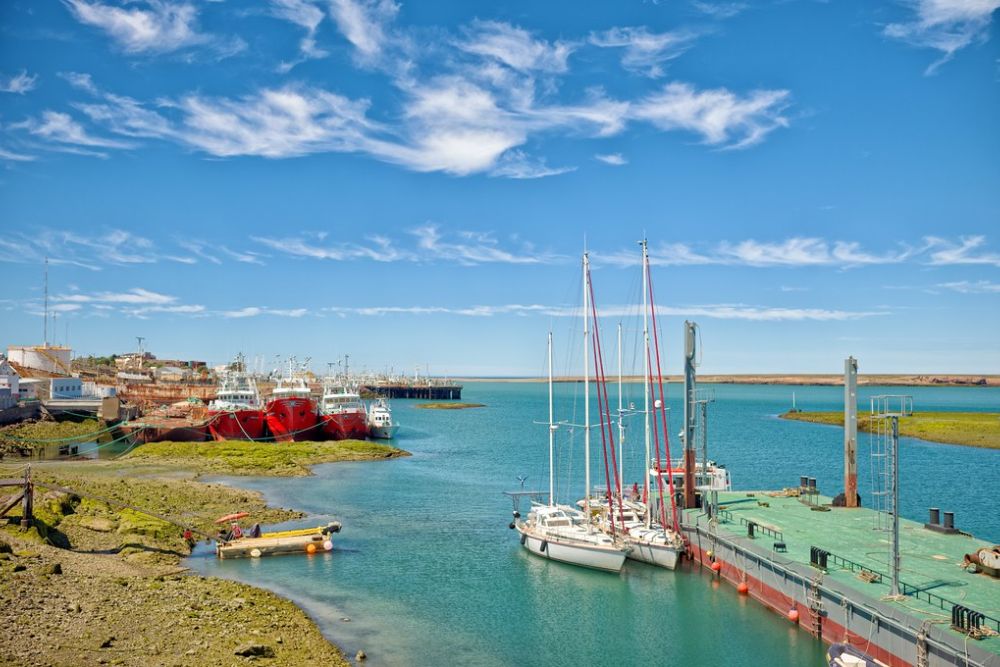
This coastal town occupies a strategic position where the Deseado River meets the Atlantic Ocean, creating a natural harbor that has sheltered ships for centuries. The settlement retains a working port atmosphere, with fishing boats and industrial facilities mixing with tourist services for those exploring the dramatic coastline.
Endless horizons and constant wind emphasize the town’s position at the literal edge of the known world.
Like Travel Pug’s content? Follow us on MSN.
Rio Gallegos
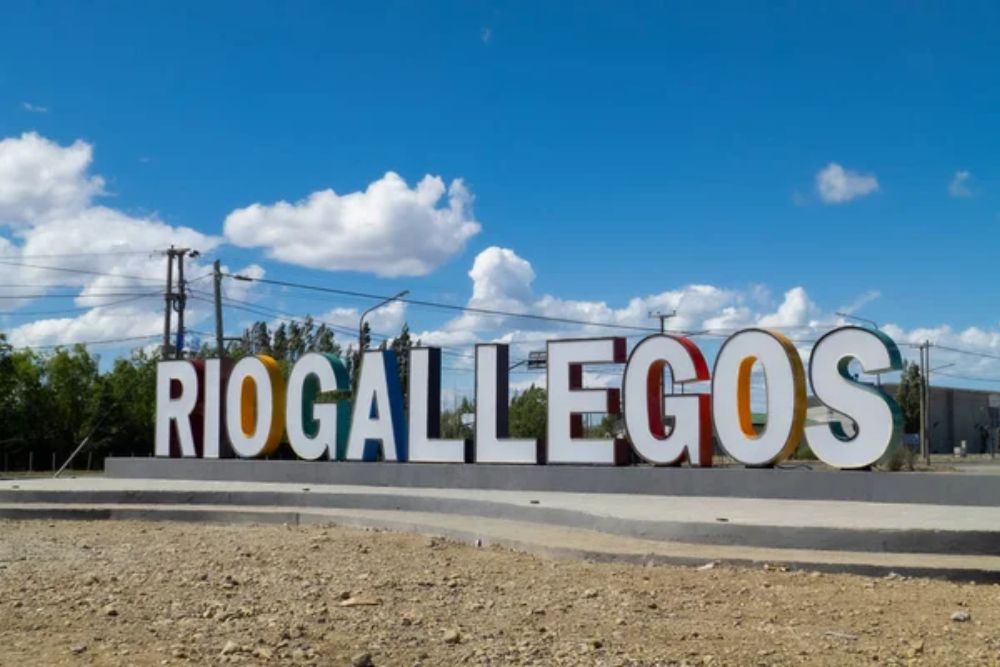
Despite being a provincial capital, Rio Gallegos maintains the feel of a frontier town where civilization meets the endless Patagonian steppes. The Gallegos River winds through the settlement toward the Atlantic, while the surrounding landscape stretches without interruption toward distant horizons.
Strong winds and sparse vegetation create an environment that feels more like another planet than a typical South American city.
Comodoro Rivadavia

This oil town represents the industry’s attempt to establish permanence in Patagonia’s harsh environment. Despite its industrial character, the settlement retains an end-of-the-world atmosphere with its position on windswept bluffs overlooking the South Atlantic.
The constant presence of oil derricks and industrial infrastructure creates a unique landscape where human ambition meets natural extremes.
Puerto San Julian
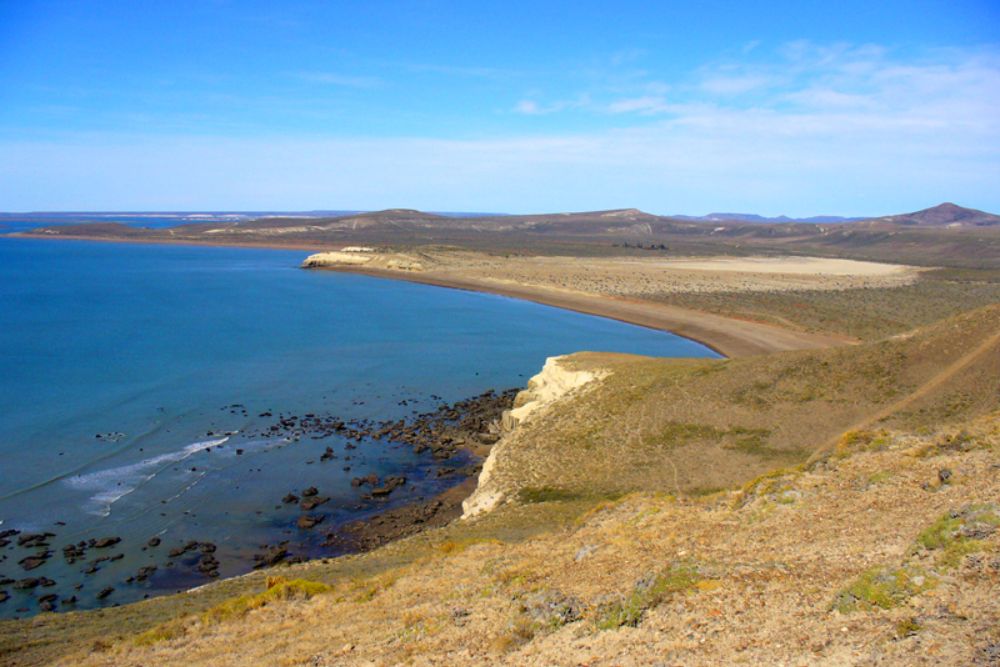
One of Patagonia’s oldest European settlements, this town witnessed both Magellan’s arrival and Francis Drake’s famous trial of Thomas Doughty. The historic harbor now serves a small community that feels suspended between past and present, with modern amenities existing alongside reminders of centuries-old exploration.
The town’s position on the desolate coast emphasizes humanity’s long struggle to establish footholds in this remote region.
Like Travel Pug’s content? Follow us on MSN.
Rio Turbio
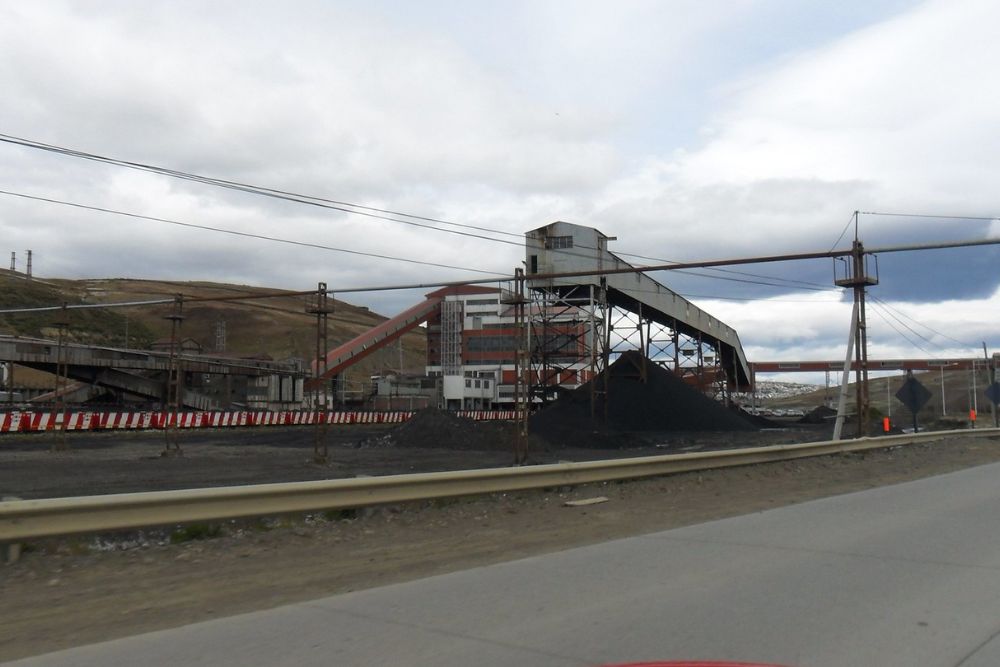
This coal-mining town near the Chilean border represents human determination to extract resources from Patagonia’s most challenging environments. The settlement exists in a harsh mountain valley where winter temperatures plummet and summer provides only brief respite.
Despite the difficult conditions, the community maintains a strong identity built around the shared experience of living at the edge of habitability.
Puerto Santa Cruz
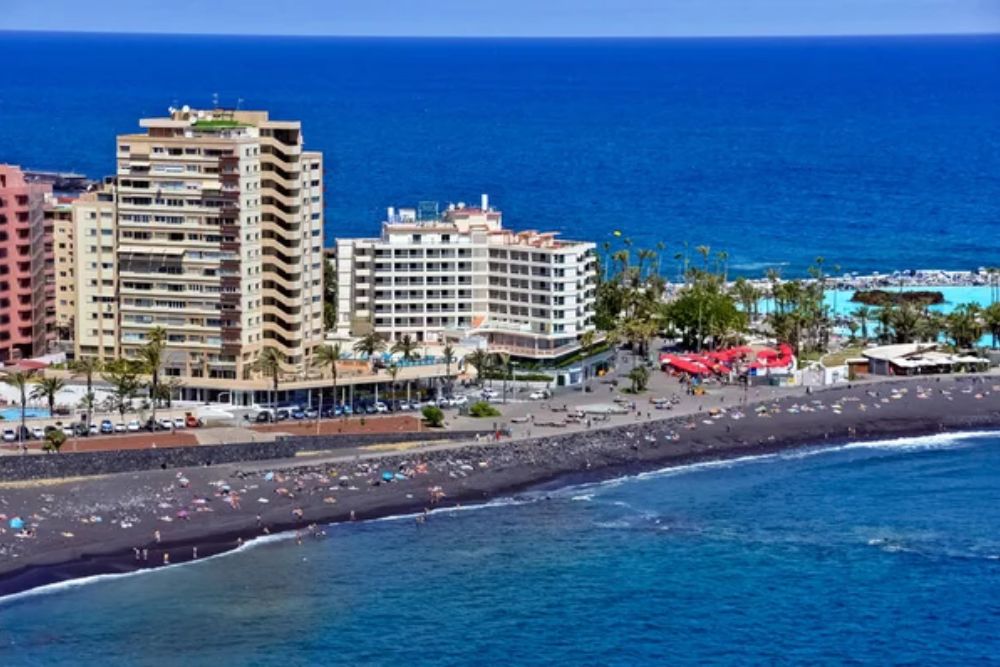
Located where the Santa Cruz River meets the Atlantic, this town serves as a reminder of Patagonia’s role in maritime history. The settlement maintains a quiet, almost forgotten atmosphere, with historic buildings standing alongside modern structures that serve the small local population.
The surrounding landscape emphasizes the town’s isolation, with vast plains extending toward distant mountain ranges.
Tolhuin

This small town sits on the shores of Lake Fagnano in the heart of Tierra del Fuego, surrounded by forests and mountains that create an almost mystical atmosphere. The community exists primarily to serve the few travelers who venture into this remote region, yet it maintains a genuine local character.
The combination of lake, forest, and mountain scenery creates one of Patagonia’s most beautiful and isolated settings.
Like Travel Pug’s content? Follow us on MSN.
Gobernador Gregores
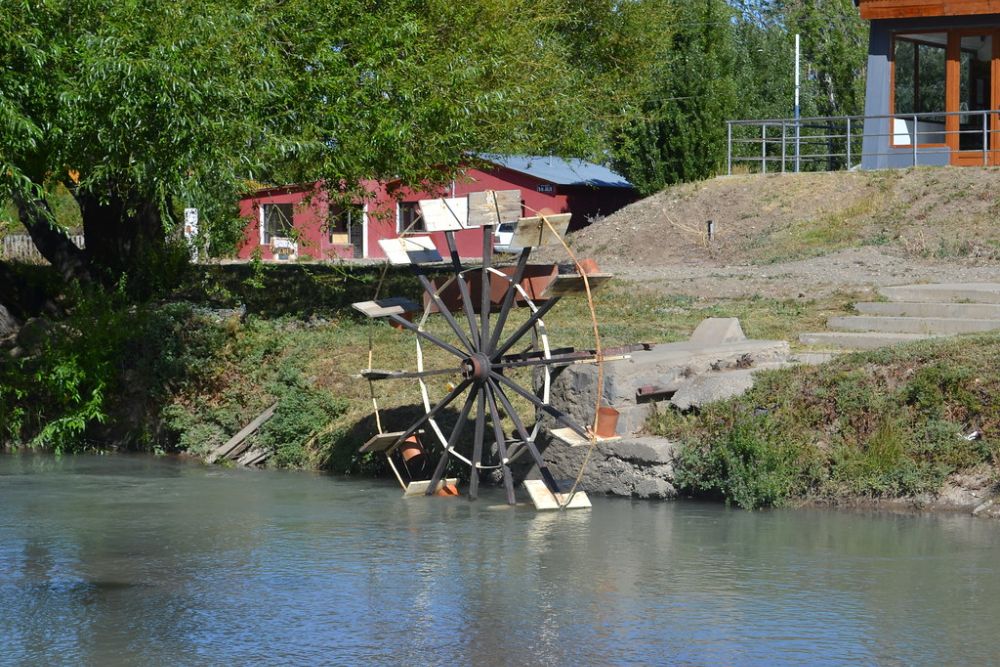
This tiny settlement in Argentina’s Santa Cruz province represents the ultimate frontier town experience. Surrounded by endless steppes and accessed by long stretches of gravel roads, the community serves local estancias. It provides services for the few travelers who venture this far from major routes.
The town’s isolation and small scale perfectly capture the essence of life at civilization’s edge.
Comandante Luis Piedra Buena
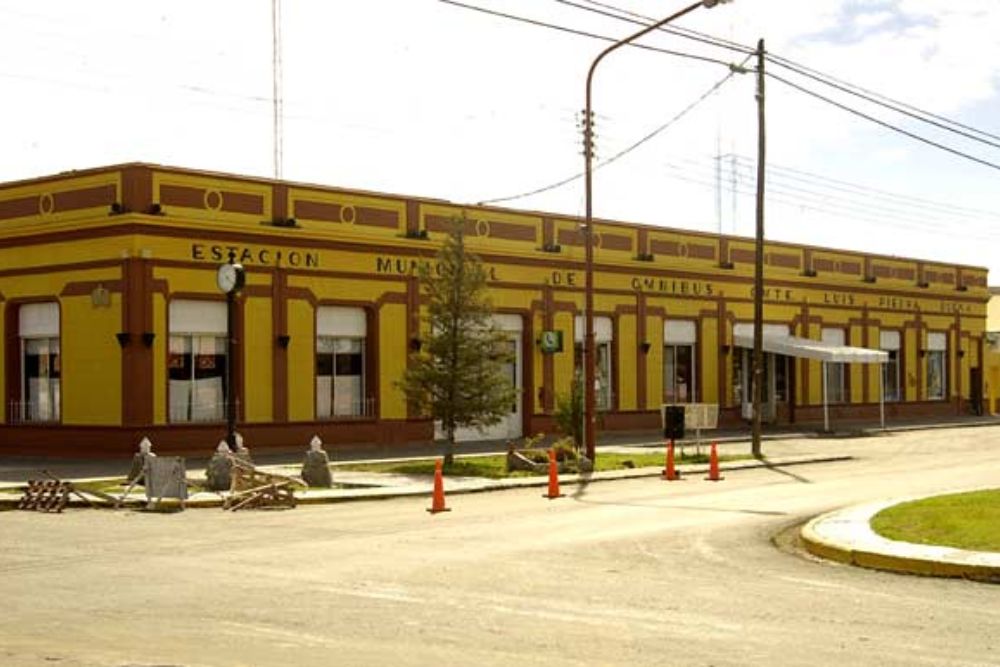
Named after an Argentine naval hero, this small town occupies a strategic position along the Santa Cruz River. The settlement serves as a regional center for surrounding estancias, yet it maintains the intimate scale and isolated character that defines true end-of-the-world communities.
The town’s position emphasizes Patagonia’s vast scale, with enormous distances separating small pockets of human habitation.
Villa O’Higgins
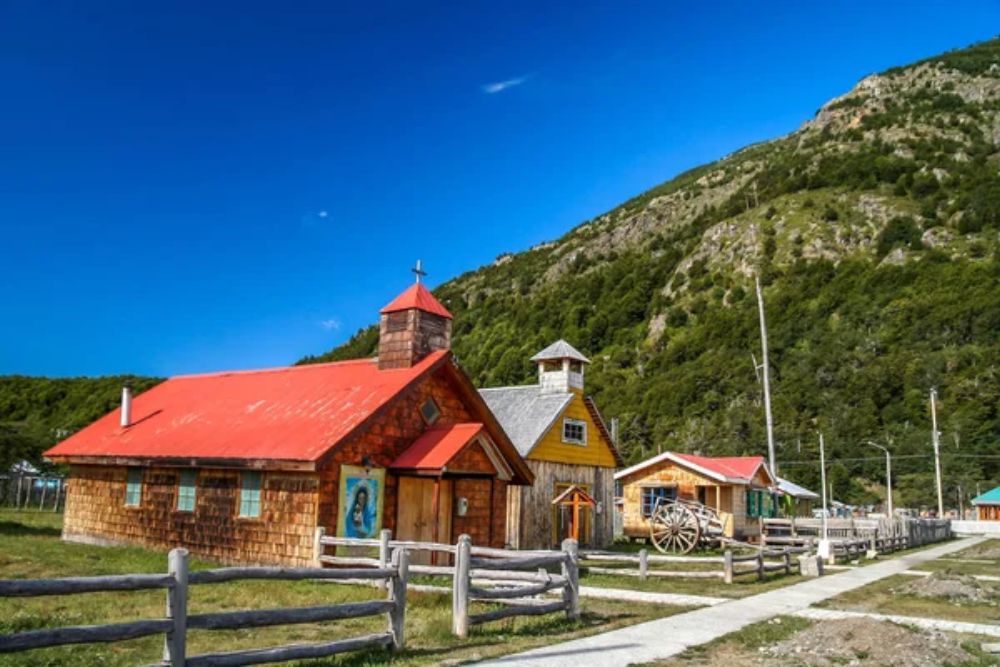
This Chilean town represents the absolute end of the Carretera Austral, the famous road that winds through Patagonia’s western mountains. The settlement exists in a valley surrounded by glaciers and peaks, with no through roads connecting it to anything beyond.
Visitors must either turn back or continue on foot into Chile’s most remote wilderness areas, making the town a true dead end at the bottom of the world.
Like Travel Pug’s content? Follow us on MSN.
Where Civilization Meets the Infinite
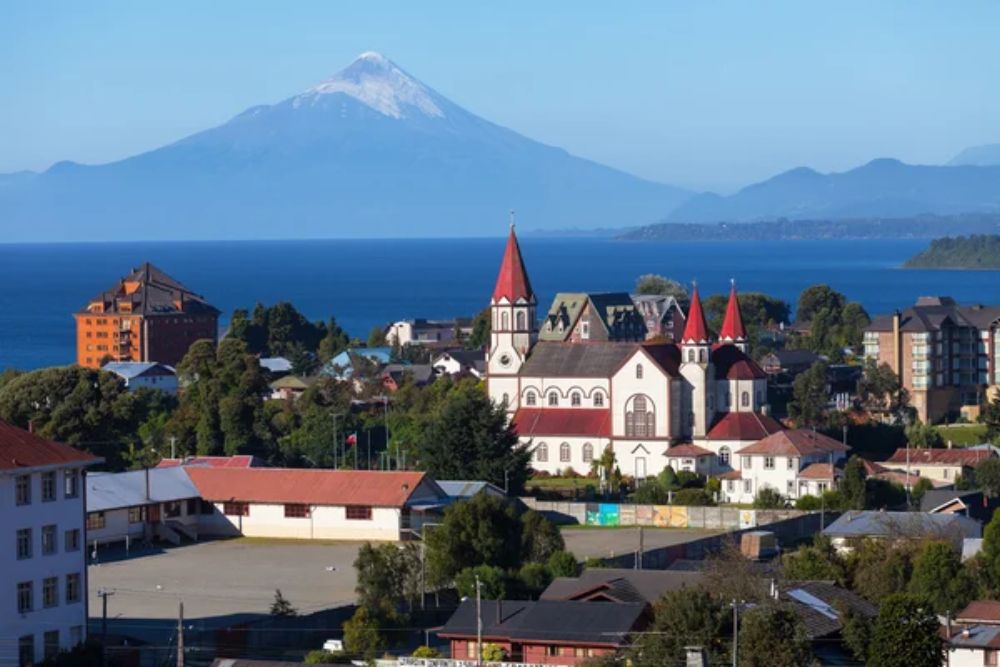
These Patagonian settlements represent more than just remote communities; they embody humanity’s eternal drive to push boundaries and establish homes in the world’s most challenging places. Each town tells a story of adaptation, perseverance, and the unique character that emerges when people build lives surrounded by infinite horizons and untamed wilderness.
Today’s residents continue the tradition established by indigenous peoples, European settlers, and countless adventurers who found something irresistible about living where the known world simply ends. In an age of global connectivity, these communities remind us that some places still exist beyond the reach of ordinary life, where the rhythm of existence follows older, deeper patterns than those found in crowded cities.
More from Travel Pug

- 20 Best Beach Towns in the Carolinas
- 13 Destinations Where Tourists Regularly Regret Their Trip
- 20 Destinations That Are More Magical Without an Itinerary
- 20 Underrated Adventures That Belong on Your Travel List
- 20 Cities Where You Should Just Wing It, No Planning Required
Like Travel Pug’s content? Follow us on MSN.
